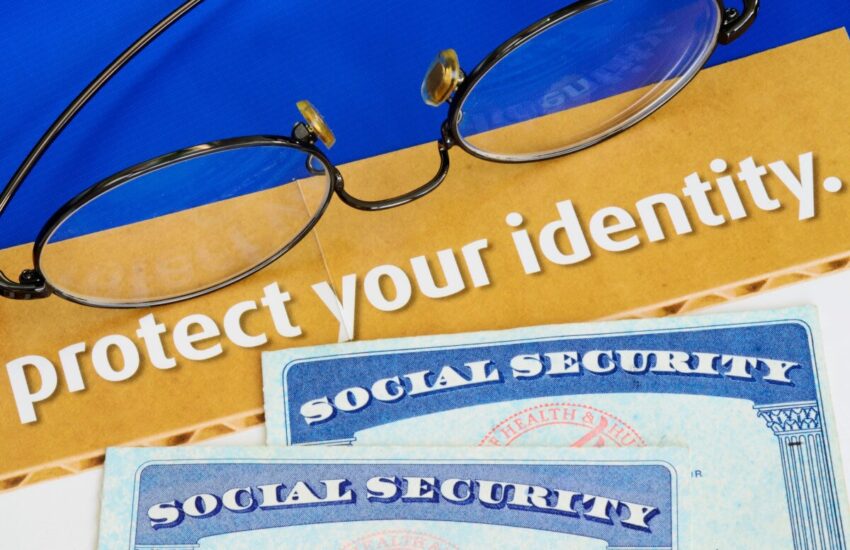In today’s digital age, the threat of identity theft and fraud looms larger than ever before. With the increasing integration of technology into our daily lives, safeguarding our personal information has become a paramount concern. Identity theft occurs when someone unlawfully obtains and uses another person’s personal data for fraudulent purposes, often resulting in financial loss, damaged credit, and emotional distress. Fortunately, there are proactive measures individuals can take to minimize their risk of falling victim to these crimes. Here, we’ll explore common types of identity theft, provide practical tips for protecting your identity and personal information, and outline steps to take if you become a victim.
Understanding Identity Theft:
Identity theft can take various forms, each with its own set of risks and consequences. Some common types of identity theft include:
Financial Identity Theft:
This occurs when a thief obtains your financial information, such as credit card numbers or bank account details, to make unauthorized transactions or open new accounts in your name.
Social Security Identity Theft:
In this type of theft, criminals use your Social Security number to access your financial accounts, file fraudulent tax returns, or apply for government benefits.
Medical Identity Theft:
Thieves steal your personal information to receive medical treatment, prescription drugs, or file insurance claims under your identity, potentially leading to incorrect medical records and bills.
Criminal Identity Theft:
This involves someone using your identity when they are arrested, leading to a criminal record in your name.
Tips for Protecting Your Personal Information:
Secure Your Devices: Use strong, unique passwords for all your accounts and enable two-factor authentication whenever possible. Keep your devices updated with the latest security patches and install reputable antivirus software to protect against malware and phishing attacks.
Be Cautious Online:
Avoid sharing sensitive information, such as your Social Security number or financial details, on unsecured websites or over unencrypted connections. Be wary of phishing emails or fraudulent websites designed to steal your information.
Monitor Your Accounts Regularly:
Review your bank statements, credit card transactions, and credit reports regularly for any suspicious activity. Report any unauthorized charges or unfamiliar accounts to your financial institution immediately.
Protect Your Social Security Number:
Only provide your Social Security number when absolutely necessary, such as when applying for credit or government benefits. Avoid carrying your Social Security card in your wallet and never share it over the phone or email unless you initiate the contact with a trusted entity.
Shred Sensitive Documents:
Dispose of any documents containing personal information, such as bank statements or credit card offers, by shredding them before discarding them in the trash.
Be Skeptical of Unsolicited Communications:
Whether it’s a phone call, email, or text message, be cautious when sharing personal information in response to unsolicited requests. Legitimate organizations will never ask you to verify sensitive information via these channels.
Steps to Take If You Become a Victim:
Act Quickly:
If you suspect that your identity has been stolen, act swiftly to minimize the damage. Contact your financial institutions and credit bureaus to report the fraud and request a fraud alert or credit freeze on your accounts.
File a Report:
Report the identity theft to the Federal Trade Commission (FTC) and file a report with your local law enforcement agency. Keep copies of all correspondence and documentation related to the theft for your records.
Review Your Credit Reports:
Obtain copies of your credit reports from all three major credit bureaus (Equifax, Experian, and TransUnion) and review them carefully for any fraudulent activity. Dispute any unauthorized accounts or transactions with the credit bureaus.
Update Your Security Measures:
Change passwords and PINs for all your accounts, including banking, email, and social media, to prevent further unauthorized access. Consider implementing additional security measures, such as identity theft protection services, to monitor for any signs of fraudulent activity.
Stay Vigilant:
Even after taking steps to address the identity theft, remain vigilant about monitoring your accounts and credit reports for any signs of ongoing fraud. Consider enrolling in credit monitoring services to receive alerts about any suspicious activity.
Wrapping It Up
Identity theft and fraud can have devastating consequences for individuals, ranging from financial loss to damaged credit and reputation. By taking proactive steps to safeguard your personal information and staying vigilant against potential threats, you can reduce your risk of falling victim to these crimes. Remember to regularly monitor your accounts, be cautious when sharing sensitive information online, and take immediate action if you suspect that your identity has been compromised. By staying informed and proactive, you can protect yourself against the growing threat of identity theft and fraud in today’s digital world.
AutoByPayment.com offers accurate estimates of new and used car loan payments based on self-selected credit score, current rebates, down payment, and trade equity or negative equity, without customers having to provide their personal identifying information such as email and phone.
